Best trees for shade: 9 top growers for shady spots
If you have low light levels in your plot, the best trees for shade will thrive in dark and shady areas of your backyard
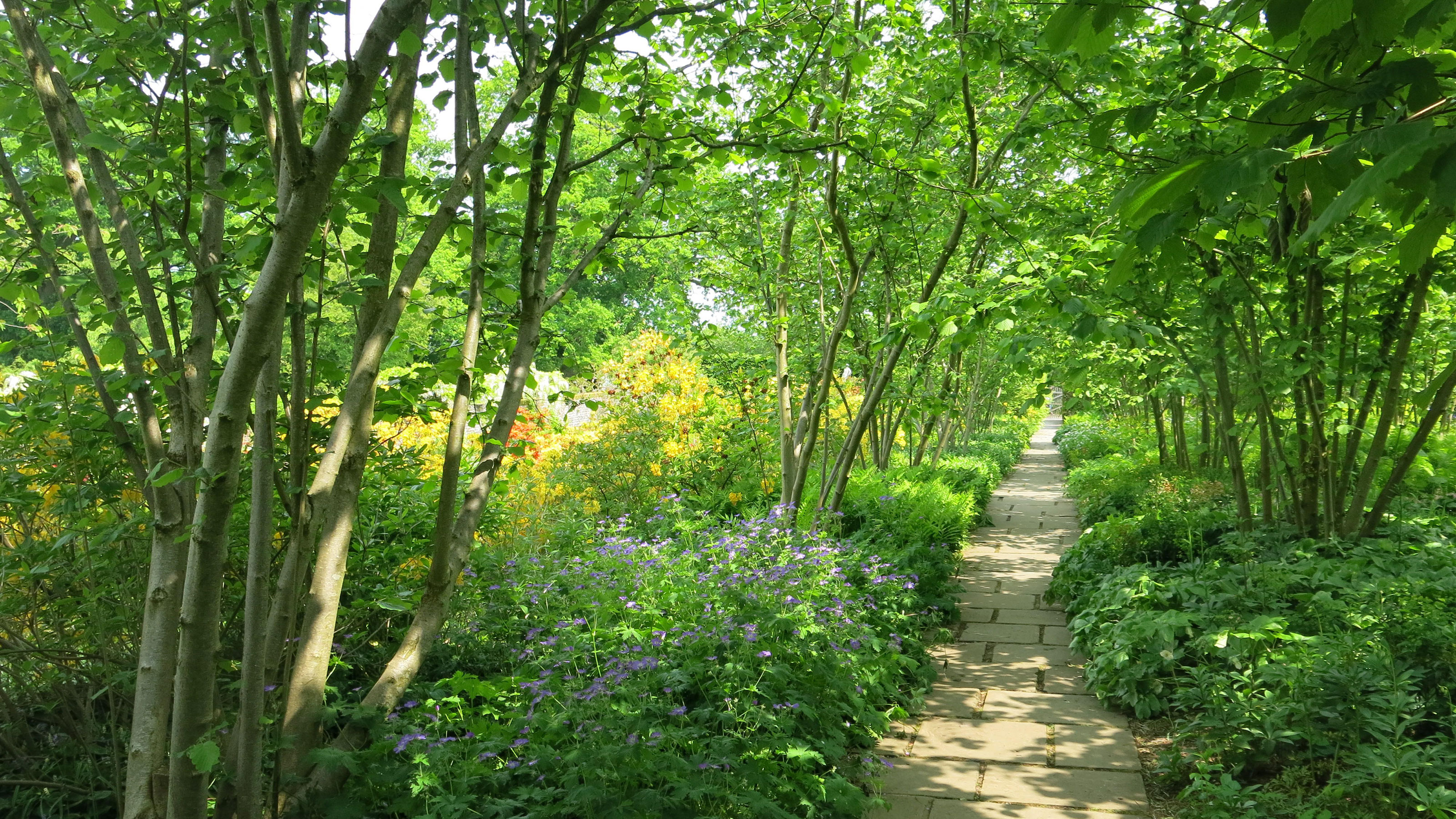

Opting for the best trees for shade is essential if your backyard or garden is overshadowed by tall buildings or lofty neighboring hedging or fences.
Not all shady spots are the same, however, so before investing in a tree, work out what kind of shade you have in your plot. In gardening terms, this is usually described as light shade, partial or semi shade, dappled shade, moderate shade or deep shade. Moderate shade is usually seen as a spot which receives light for two to three hours a day, while deep shade is defined by an area that gets less than two hours of direct sun every day.
There are trees which will grow in all of these conditions of course, especially if you take a few simple measures to compensate for the lack of light. Trees growing in partial, medium or dappled shade will benefit from extra watering, and the addition of a thick mulch of compost to lock moisture into the soil.
Some trees tolerate shady conditions, but they might flower less, or potentially, in the case of certain deciduous trees, their spring or fall foliage could be less vibrant than ones which receive plenty of light. That’s no reason to avoid planting a tree, however, because they have so many advantages. Even the best trees for small gardens can work in a shady spot and will add some structure and height to a garden, plus they can help to filter out noise and air pollution and provide pollen and insects for wildlife.
Add interest to tricky spots with the best trees for shade
The key to success when choosing the best trees for shade is to make sure you select the right tree for your spot. Our top picks for shady areas will help you find the optimum one for your plot.
1. Portuguese Laurel
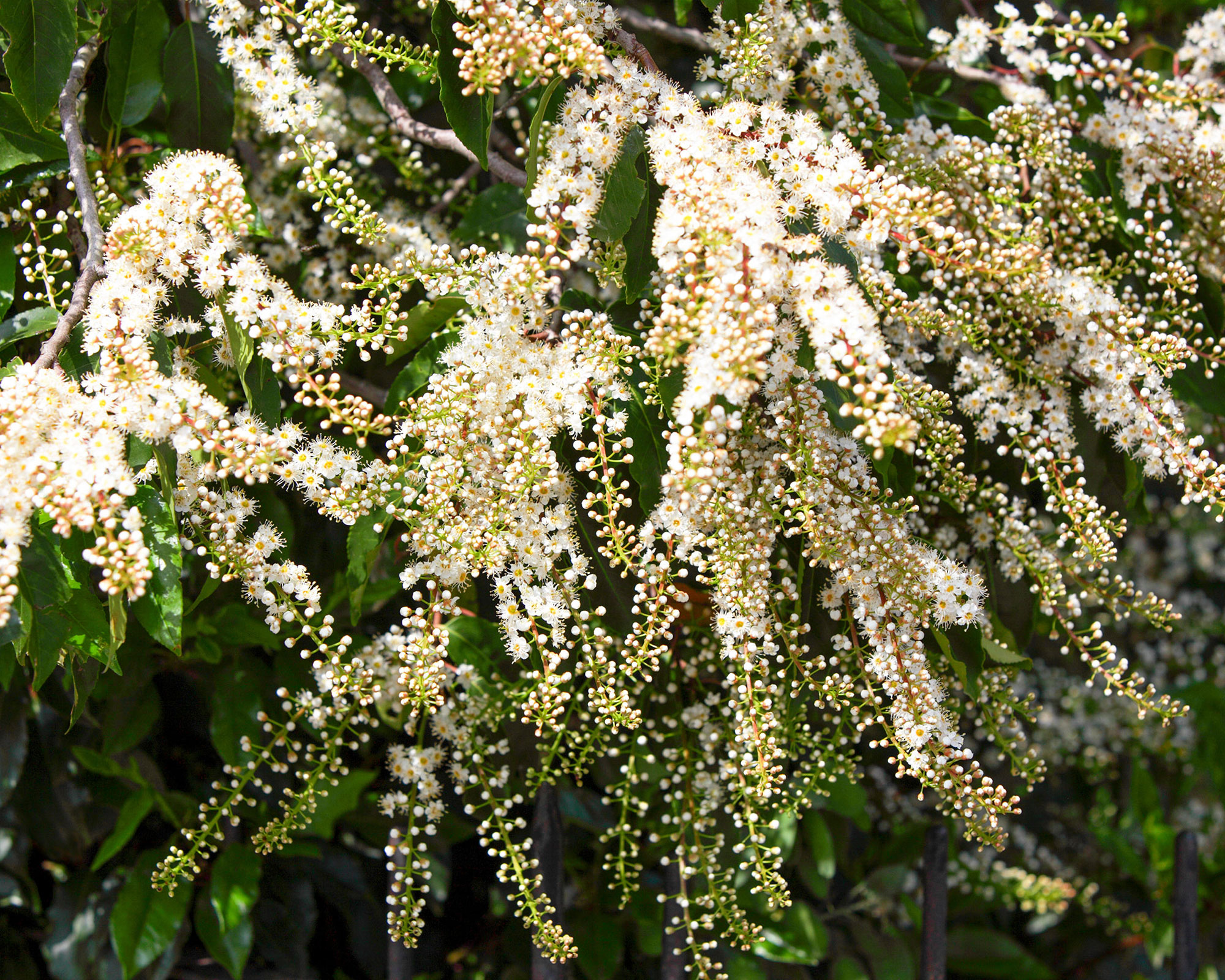
Best for: partial shade
As a general rule, flowering trees usually need some sun to thrive, but the Portuguese Laurel (prunus lusitanica) is one of the best trees for shade as it will happily grow in a shady corner.
It has neat, glossy evergreen leaves that are quite dense, so it can be a good option if you're also searching for the best trees for privacy. It also has delicate small, creamy white flowers from April to May that are a hit with pollinators, plus it is deer resistant and only requires a light trim once a year to keep it in shape.
In terms of growth rate, you can expect it to increase by around 30-50cm per year, reaching an eventual height of up to 12m, but trimming it regularly can keep this height in check. It will grow best in moist, well drained soil.
2. Flowering dogwood
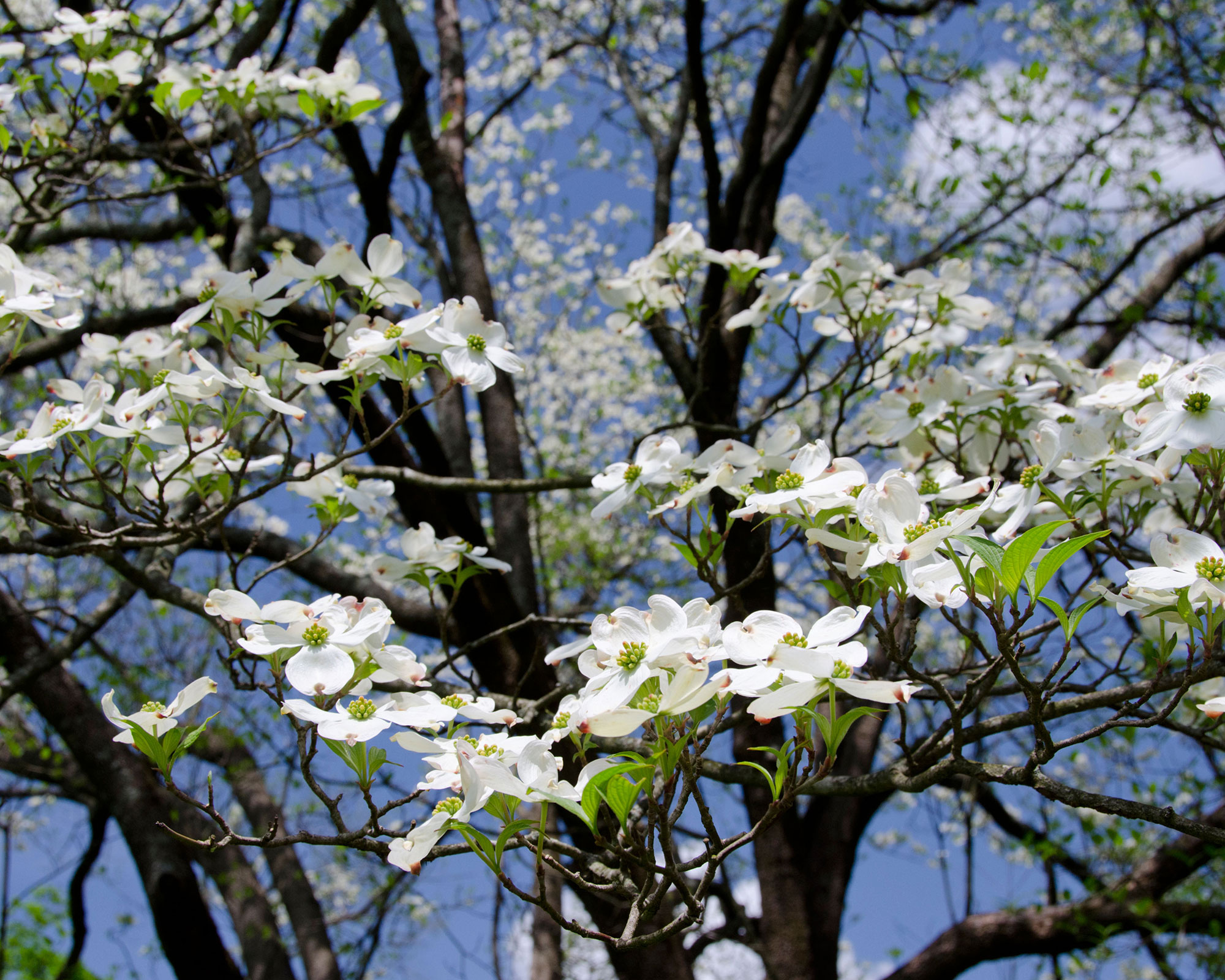
Best for: light shade
Cornus or dogwood trees are one of the best low maintenance trees for your plot. They have have masses of pretty flowers followed by ornamental berries and will light up a partly shady area. They can cope with all kinds of soil types too.
For a variety which has a thick covering of white flowers, try Cornus kousa chinensis ‘Schmetterling’. For pink blooms, choose ‘Cherokee Daybreak.’
The dogwood is often a top pick for garden designers. It’s also one of the USA’s most popular ornamental trees, and it’s a familiar sight in many UK gardens, too.
3. American hornbeam (Carpinus caroliniana)
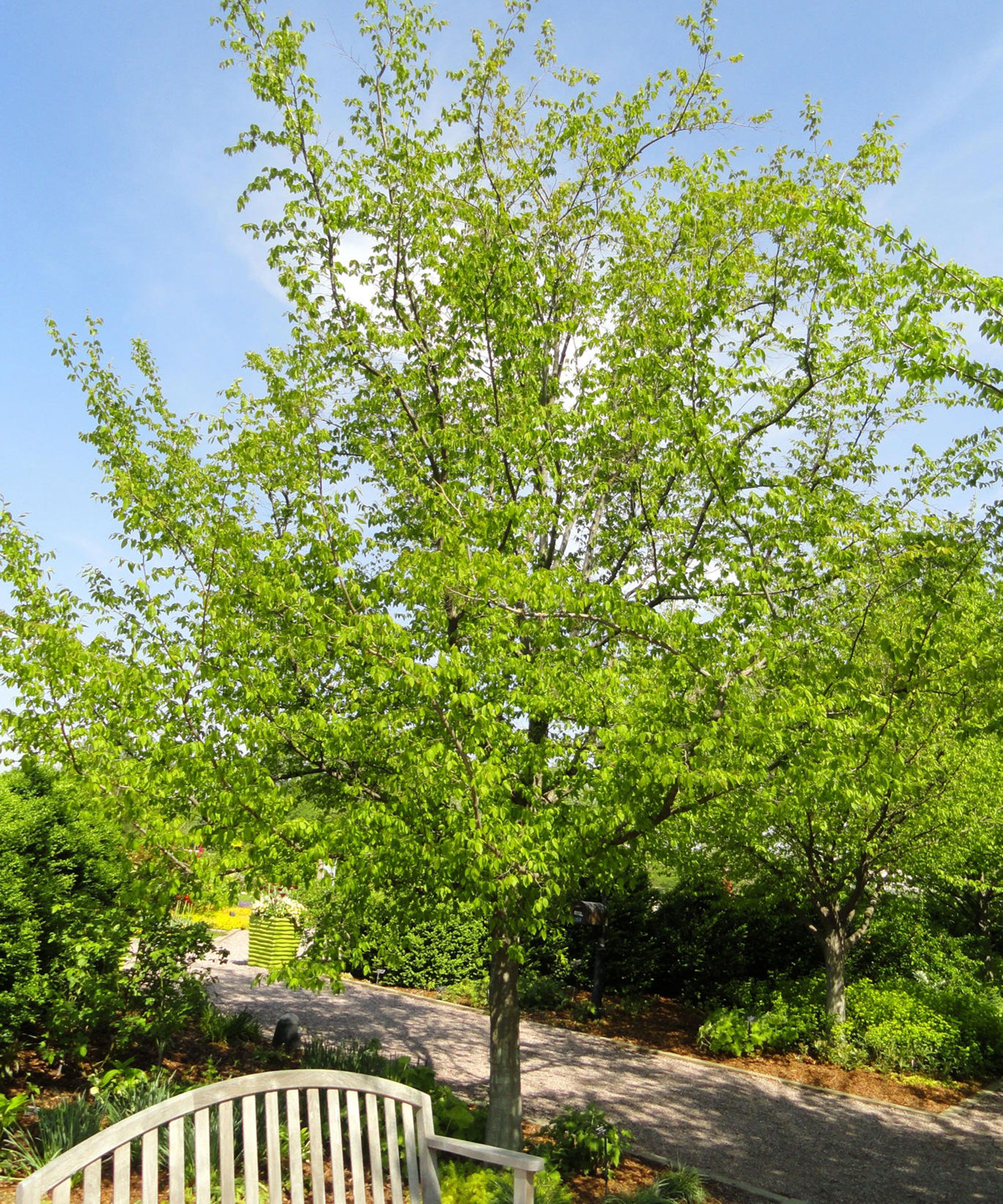
Best for: heavy shade
An attractive deciduous tree, also known as the blue beech or ironwood, it has bright green leaves in spring and summer, and prettiest fall shades of orange, red and yellow.
It's one of the best trees for shade as it's native to forests in the eastern half of the USA and southern Canada, where it typically grows in the understory. Thanks to this, it means means it can cope very well with dense shade in most gardens.
4. Japanese Maple (acer)
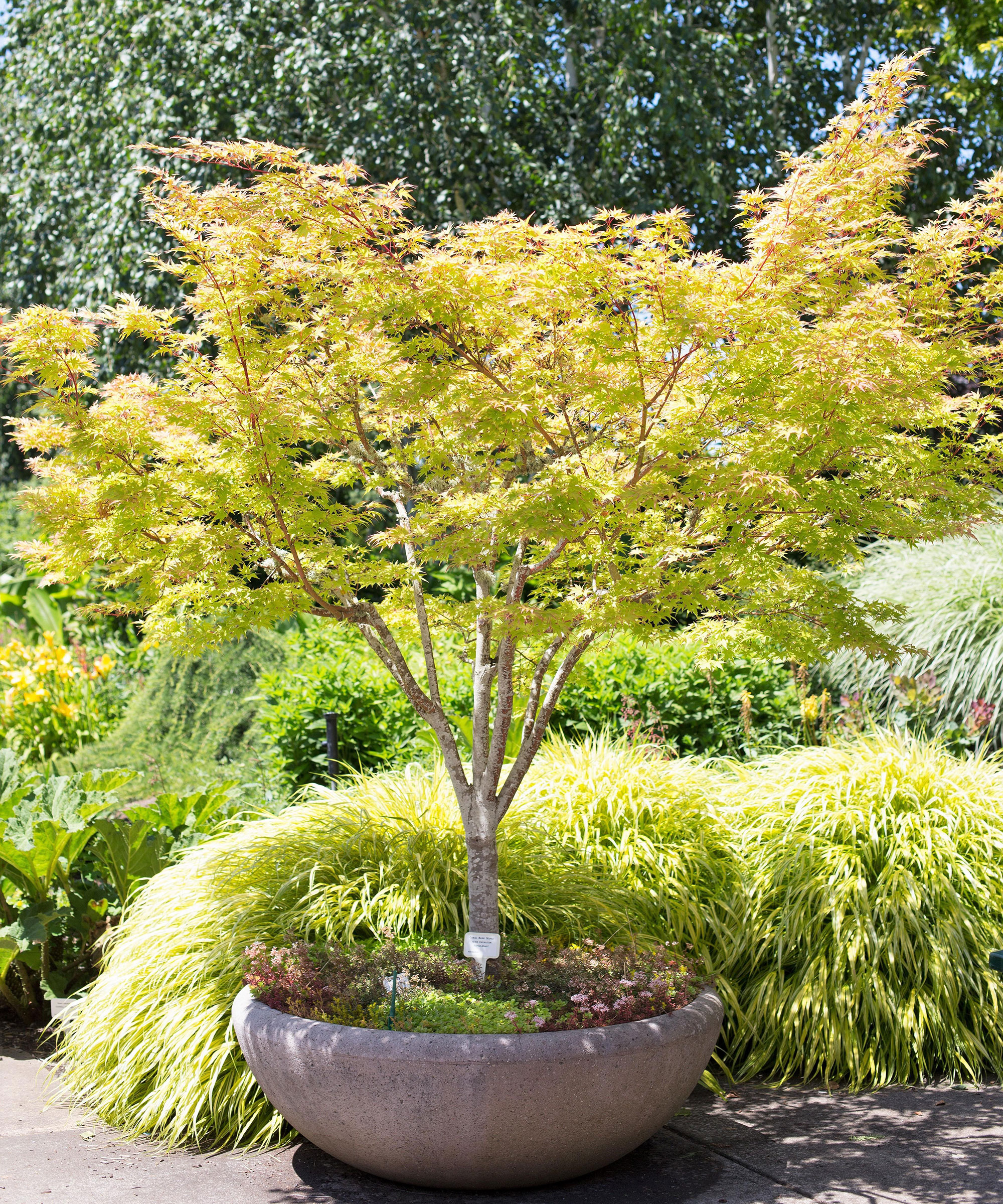
Best for: dappled shade
Colorful Japanese maples are an asset to the garden, with extremely attractive shapes and foliage color. Some are very suitable for small plots, making them one of the best trees for front yards.
According to garden designer David Chanell Arlo & Bloom 'acers grow best in dappled shade, but you can still use them in darker spaces. The noticeable differences being that red varieties will adopt a greener tinge. Fall colors will not be greatly affected, but the vibrancy of their spring colour can be reduced.'
There are lots more tips on how to grow acers in our guide.
5. Allegheny serviceberry
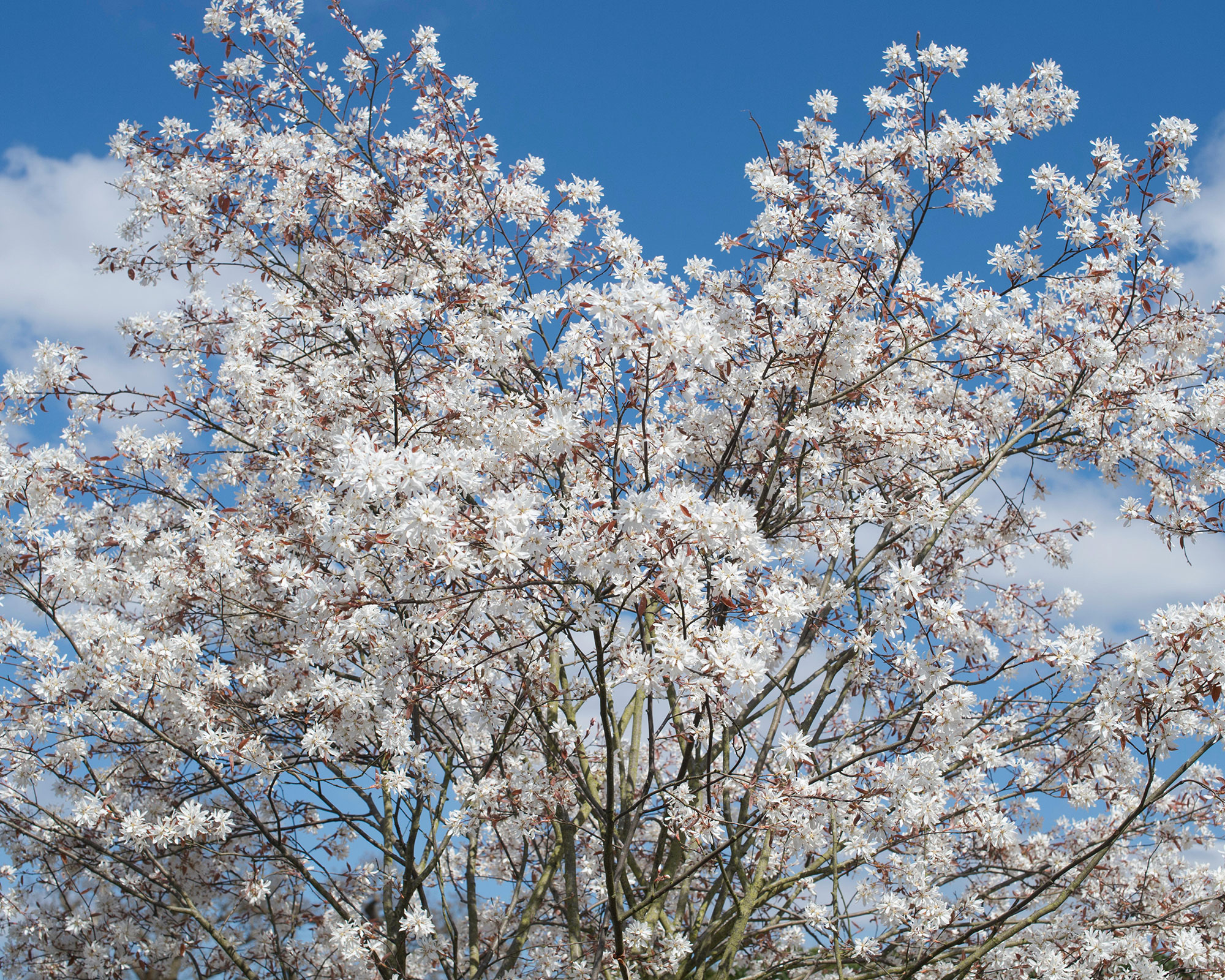
Best for: heavy shade
Here is a tree which actively prefers deep shade, and has the added bonus of masses of white spring flowers to lighten up the darkness. A medium sized, multi-stem tree, it is native to the eastern US and Canada.
The white spring blossom is followed by juicy purple black berries, and during the fall, the leaves turn scarlet and yellow. This tree cannot cope with full sun, so choose a part or fully-shaded spot with well-drained soil. Hardy to zones 8-10.
6. Irish Yew (Taxus baccata fastigiata)
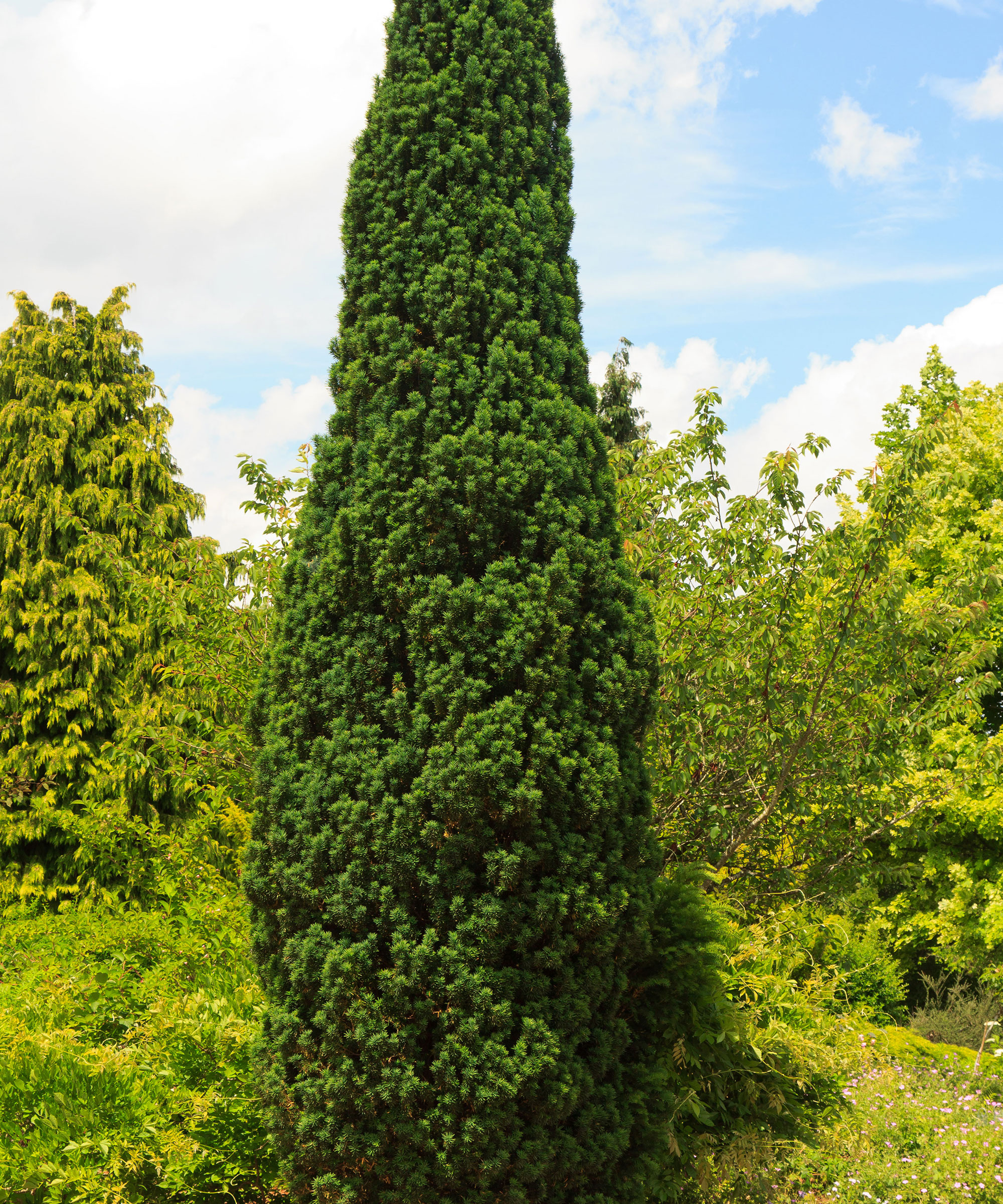
Best for: heavy shade
This dense, upright tree has an elegant column shape and dark green needle-like leaves. It is compact, and therefore suitable for small gardens. The female plants have red berries in the autumn. The golden version, Taxus baccata fastigiata ‘Aurea’, would lighten up a gloomy garden corner.
It's important to note that this plant is toxic, so it's best to avoid this tree if you have young children or pets as it can be one of the most poisonous plants for dogs.
7. Eastern redbud tree (Cercis canadensis)
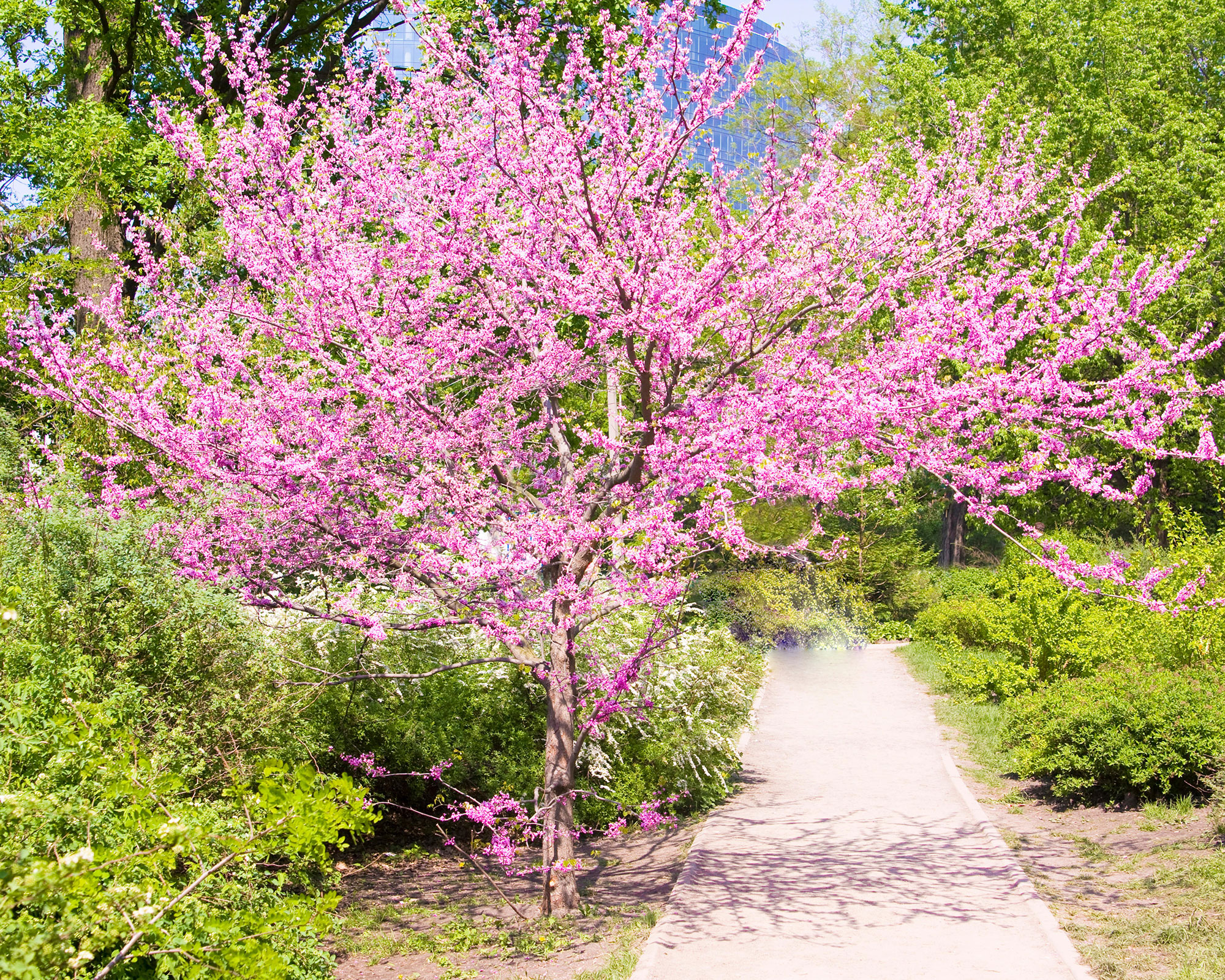
Best for: partial shade
There’s nothing like blossom to brighten up a dark area in the garden, and this medium sized tree, also known as the Judas Tree, has plenty of it.
One of the best flowering trees, it has pale pink flowers that burst out of the bare stems in mid-spring, and heart-shaped dark green leaves develop later. It’s a deciduous tree, but it will provide wonderful yellow colors in the fall. There is also a white flowered version, called Cercis canadensis var.alba.
This tree is native to the US, where it is hardy to most zones, and it’s popular in the UK too. Plant in moist but well-drained soil.
8. Katsura Tree (cercidiphyllum japonicum)
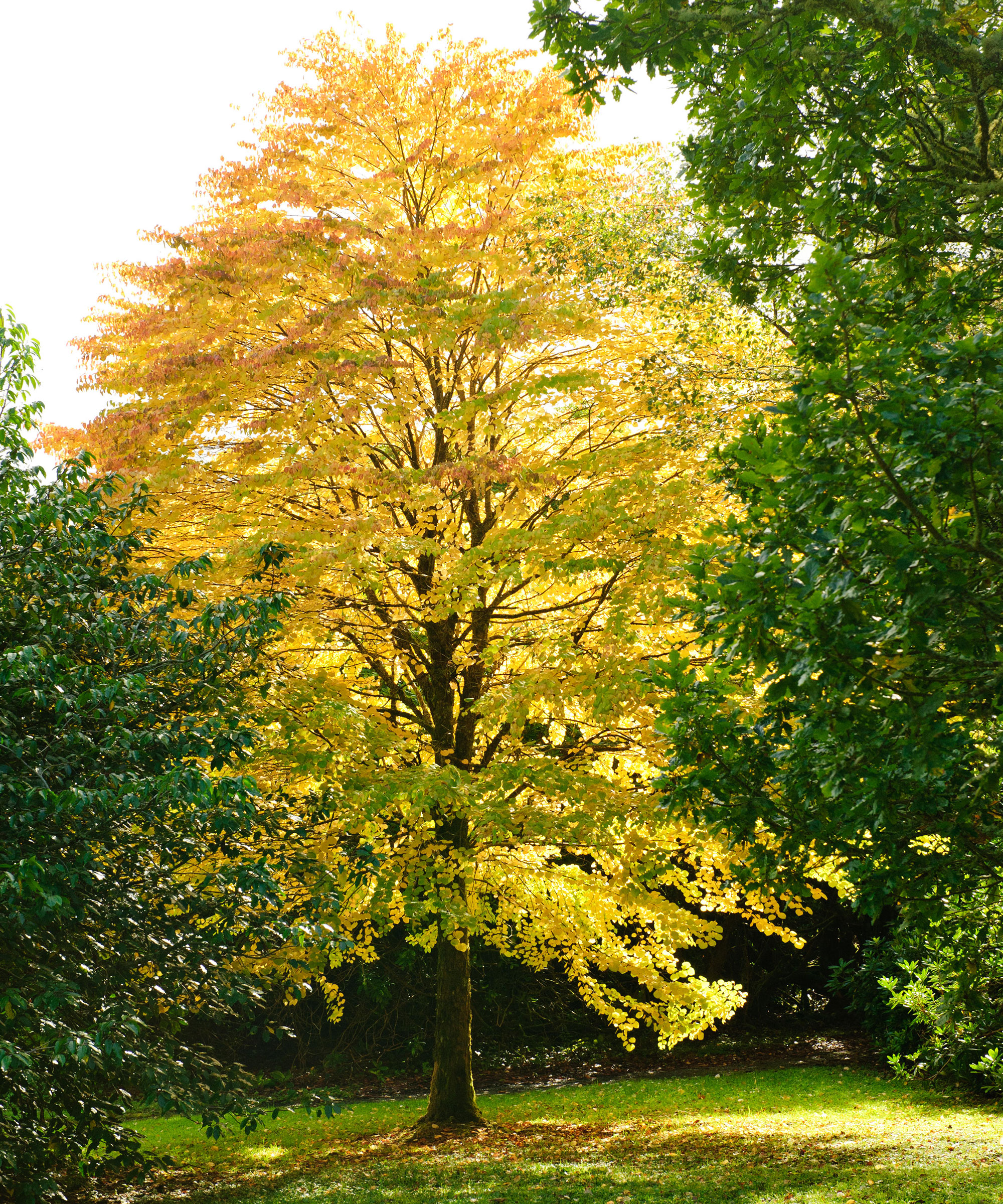
Best for: partial shade/dappled shade
If you're after one of the best trees for shade that also offers plenty of stunning seasonal color, this is a great option to consider.
The leaves of this large deciduous tree don’t just look stunning in the fall, with orange, pink and yellow colours, they also smell like spun candy, which gives rise to the common name, ‘candyfloss tree.’
The foliage is pretty in spring, too, with coppery pink hues, changing to mid-green in summer.
The ideal setting for the candyfloss tree is a sheltered woodland area, and it’s one for large gardens owing to its ultimate size of 39ft (12m) or more, with a spread of 26ft (8m).
9. Variegated holly (ilex aquifolium)
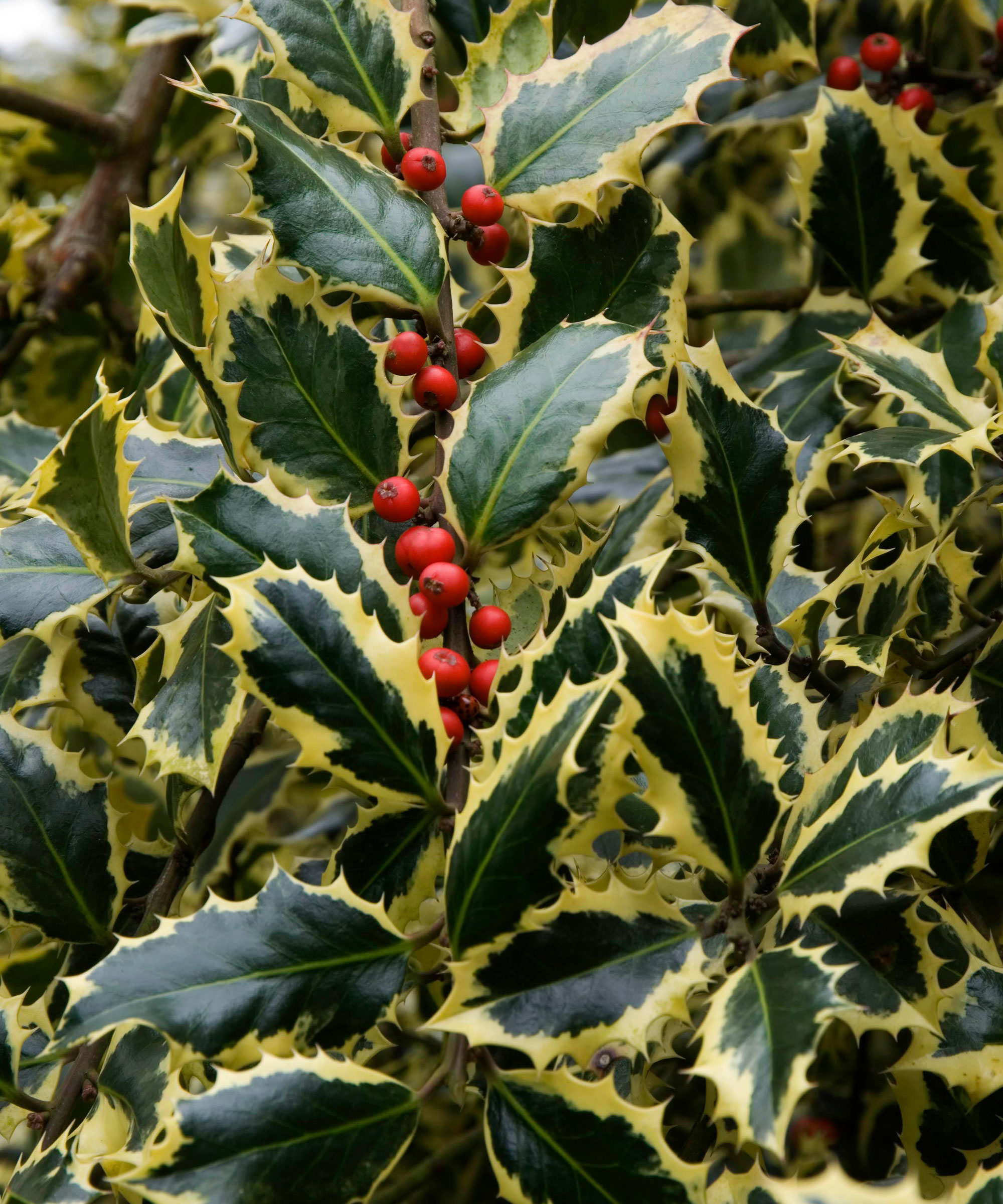
Best for: partial shade
One of the best plants with winter berries, evergreen holly with marbled leaves can bring year-round light and interest to a sombre site. Plants are male or female, and generally, the females produce the attractive scarlet berries when they are fertilized by pollen from a male plant. To ensure winter berries, it’s advisable to plant one male tree and one female (although some plant companies do now sell pairs in one pot).
Holly ‘Golden King’ has spineless green leaves with a gold rim, and ilex aquifolium ‘Argentea Marginata’ has spiny foliage with silvery cream edges but there are lots of different ones to choose from.
Hollies will grow well in partial shade, preferably with moist, well-drained soil. Deeper shade may cause the leaf coloration to be less defined.
Which tree do garden designers use for shady areas?
Garden designer David Chanell of Arlo and Bloom names Japanese maples, or acers, as his best tree for shady spots.
'When working with an area cast in shade I always turn to Japanese maples (acers),' he says. 'They have such an extraordinary range of color and texture and can become a focal point in any garden.'
David’s favorite varieties are acer palmatum ‘Sango-kaku’ for its vivid pink winter stems, ‘Seiryu’ as the only upright dissectum variety and acer palmatum ‘Shishigashira’ for its tight and compact leaf form.
If you're short on space, acers are also one of the best trees to grow in pots.
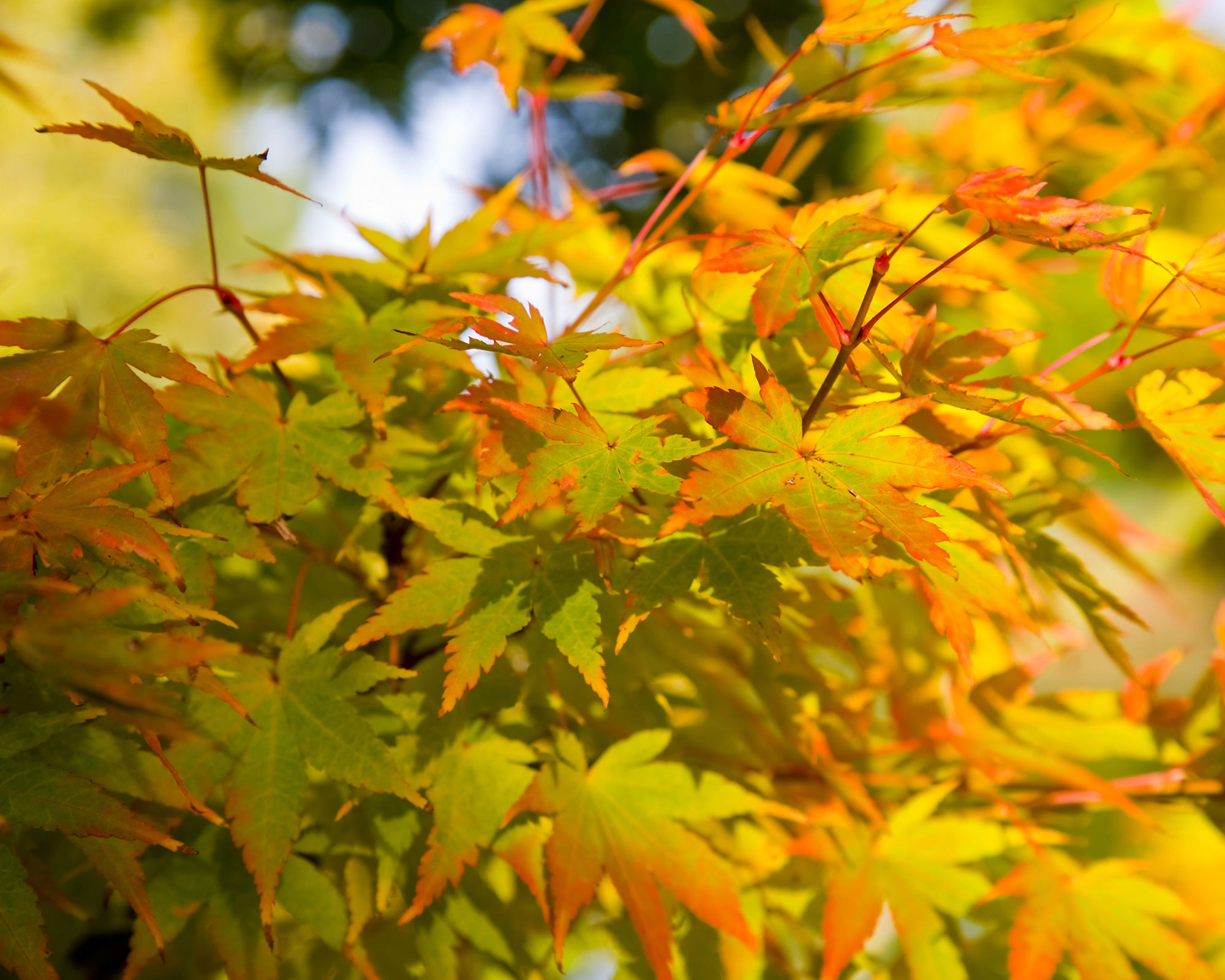
Acer Palmatum 'Sango-Kaku'
Which trees will grow best in heavy shade?
Heavy or dense shade typically receives less than two hours of direct sunlight every day. If you have dense shade in your garden, try planting an American hornbeam, an Allegheny serviceberry (amelanchier laevis) or the Irish yew tree (although this last one is toxic, so not suitable for family gardens where pets and young children roam).
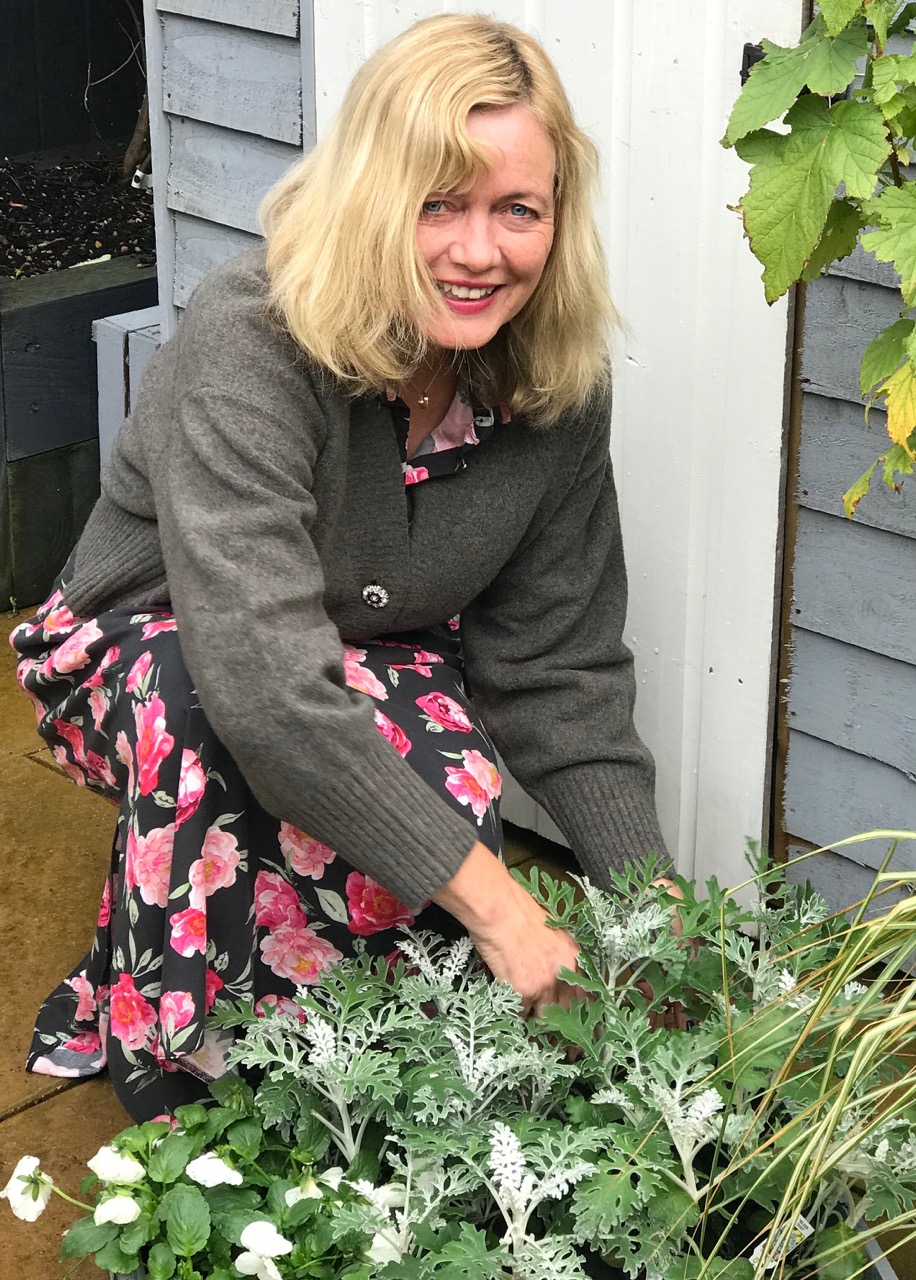
An experienced freelance journalist, editor and columnist writing for national magazines and websites, Fiona now specialises in gardens. She enjoys finding and writing about all kinds, from the tiniest town plots to impressively designed ones in grand country houses.
